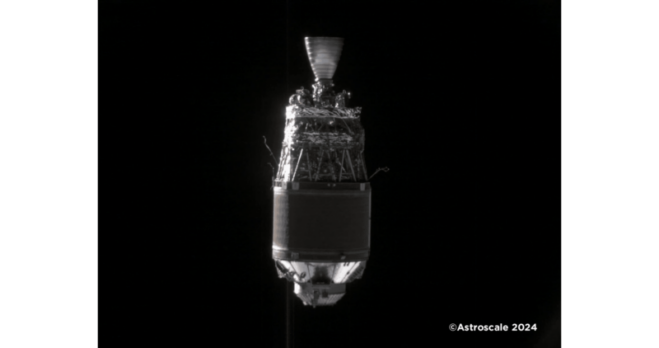

The Japan Aerospace Exploration Agency (JAXA) advanced the Commercial Removal of Debris Demonstration (CRD2) Phase I project, under which the demonstration satellite Astroscale’s ADRAS-J successfully captured images of space debris, a non-cooperative target, through “fixed-point observation.” These images have been released by Astroscale Japan Inc.
The “fixed-point observation service” is one of four services that JAXA requires for Phase I of CRD2. This service involves observing the target debris from a fixed point in the target’s orbital coordinate system and providing continuous images of the target with the required image quality and data volume.